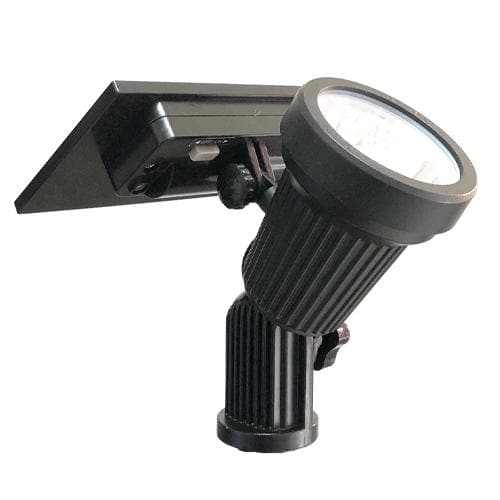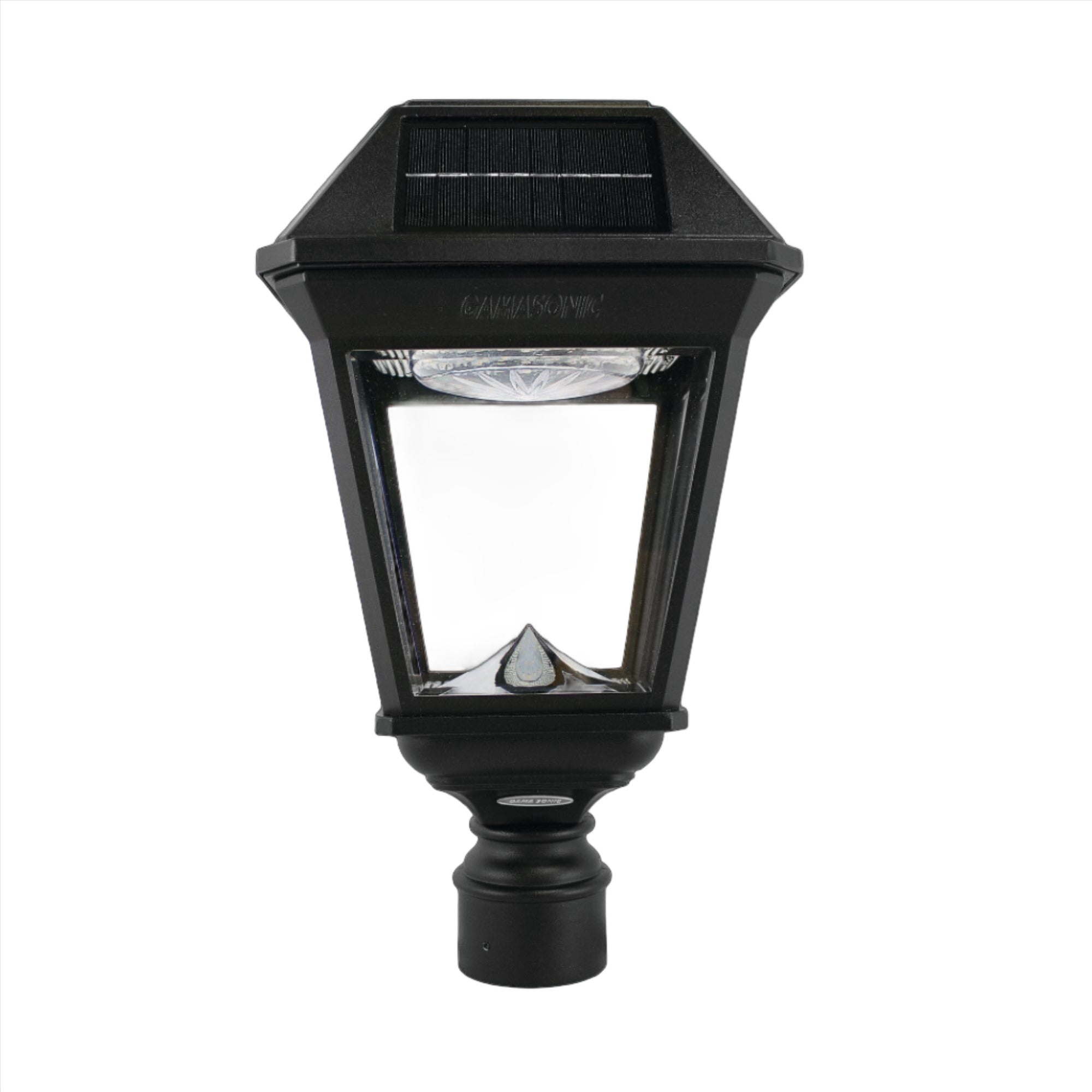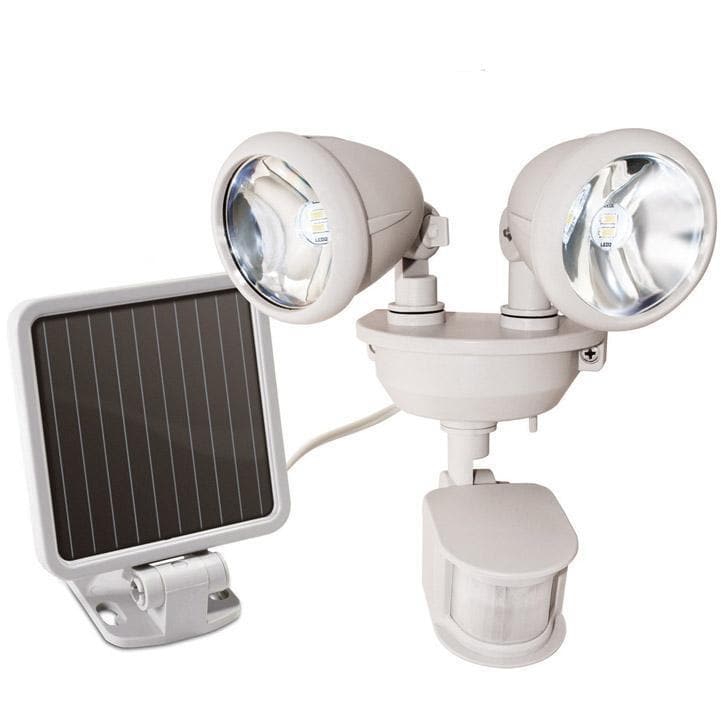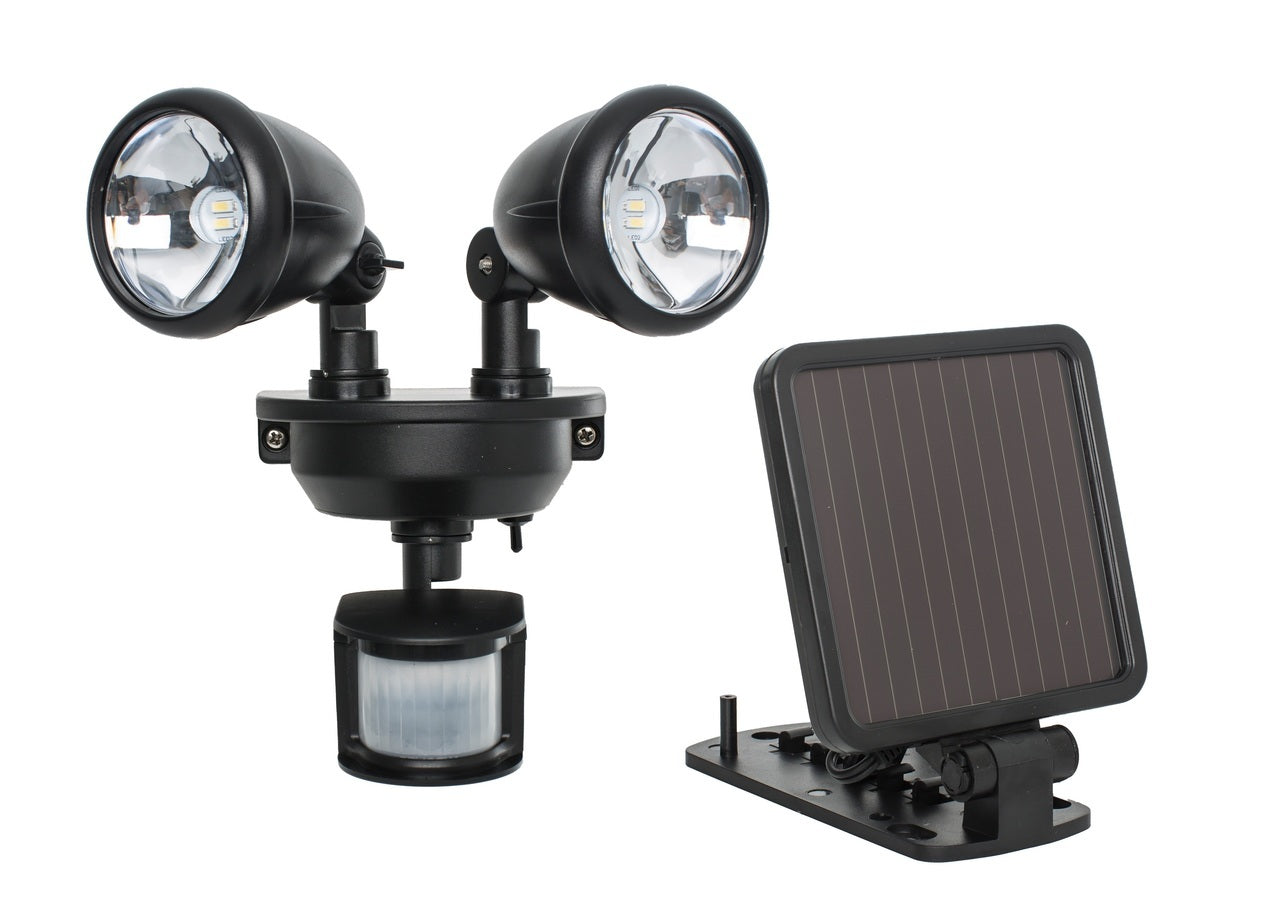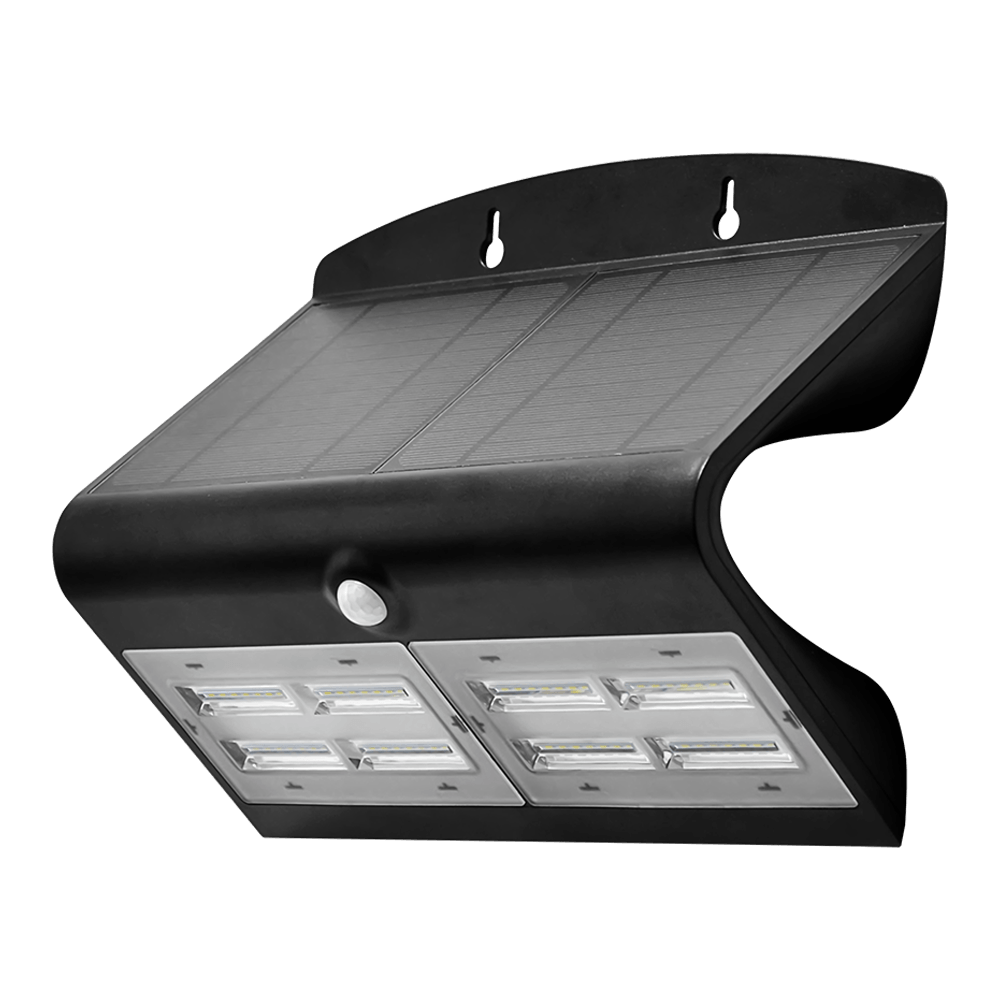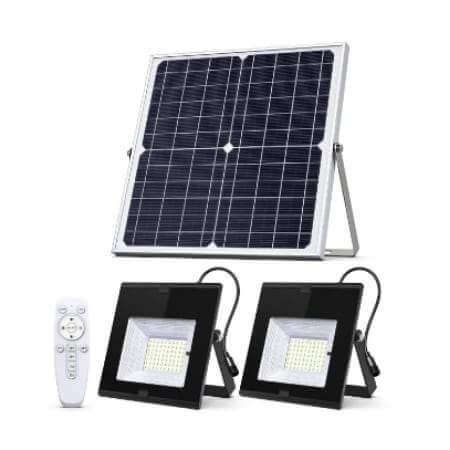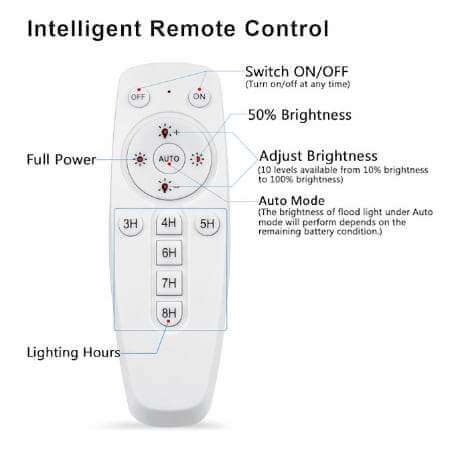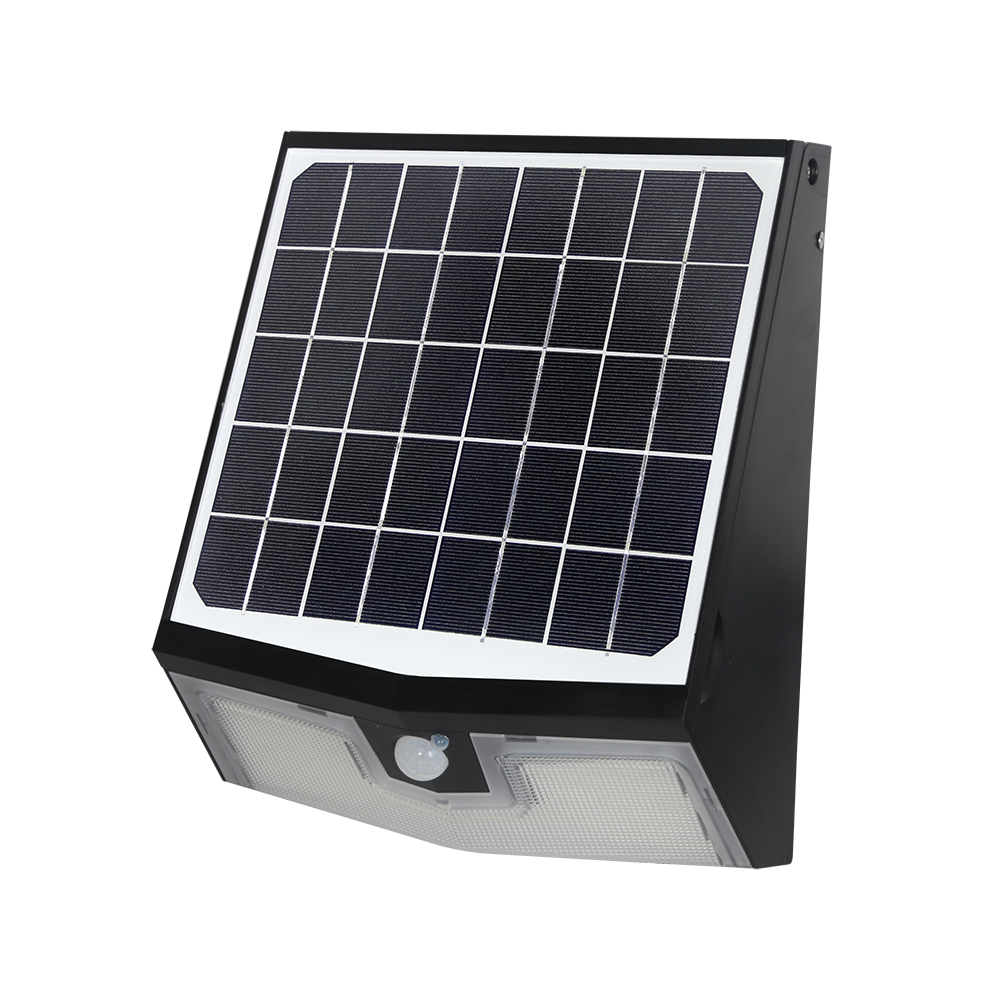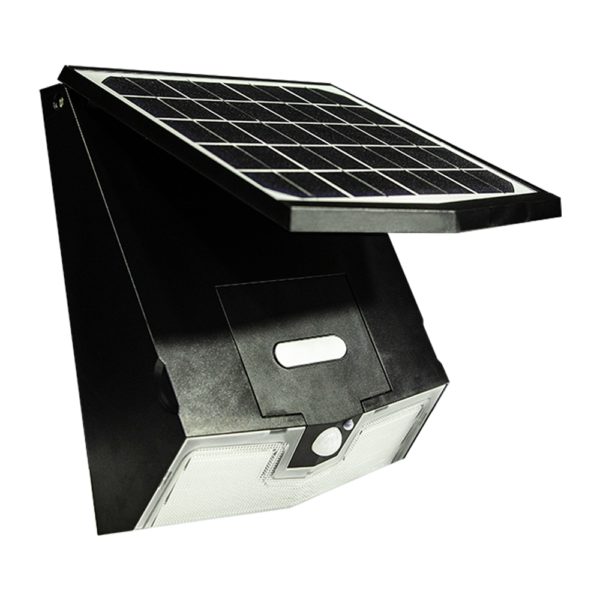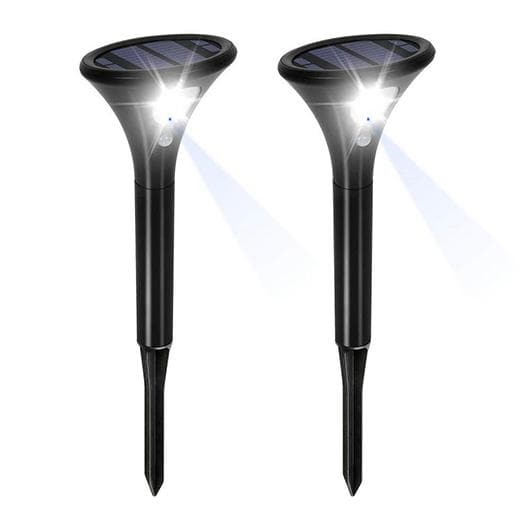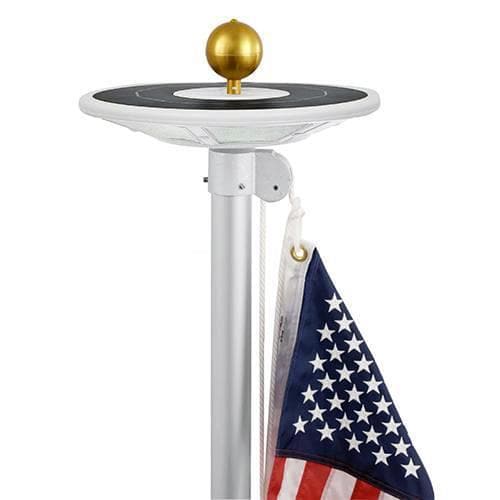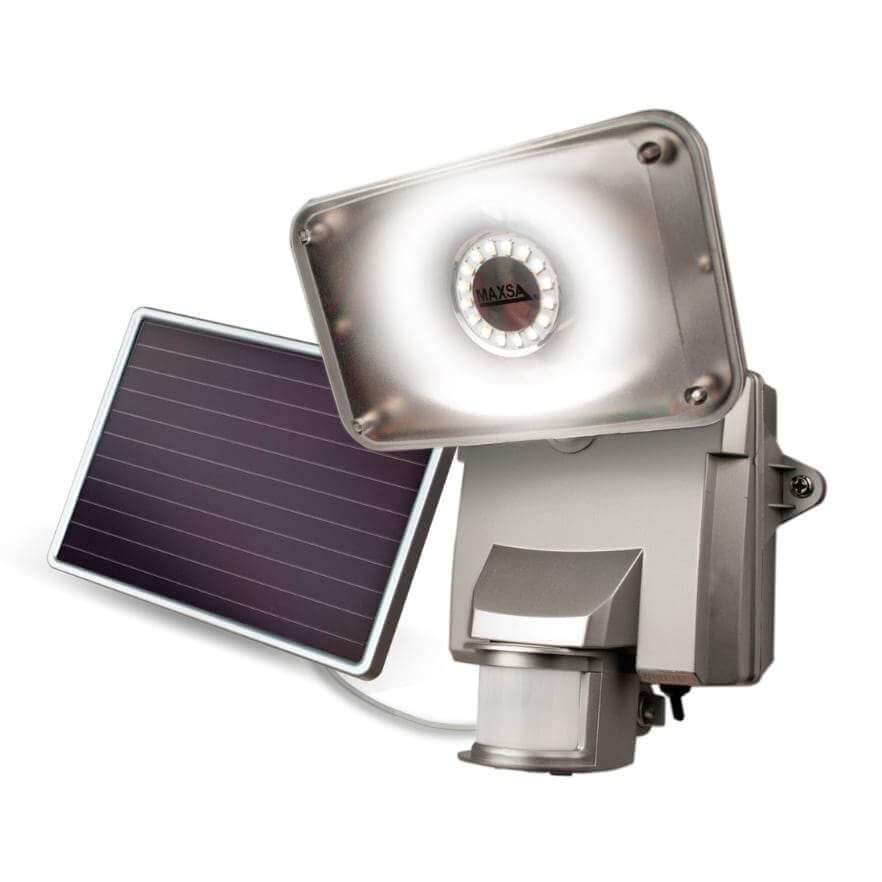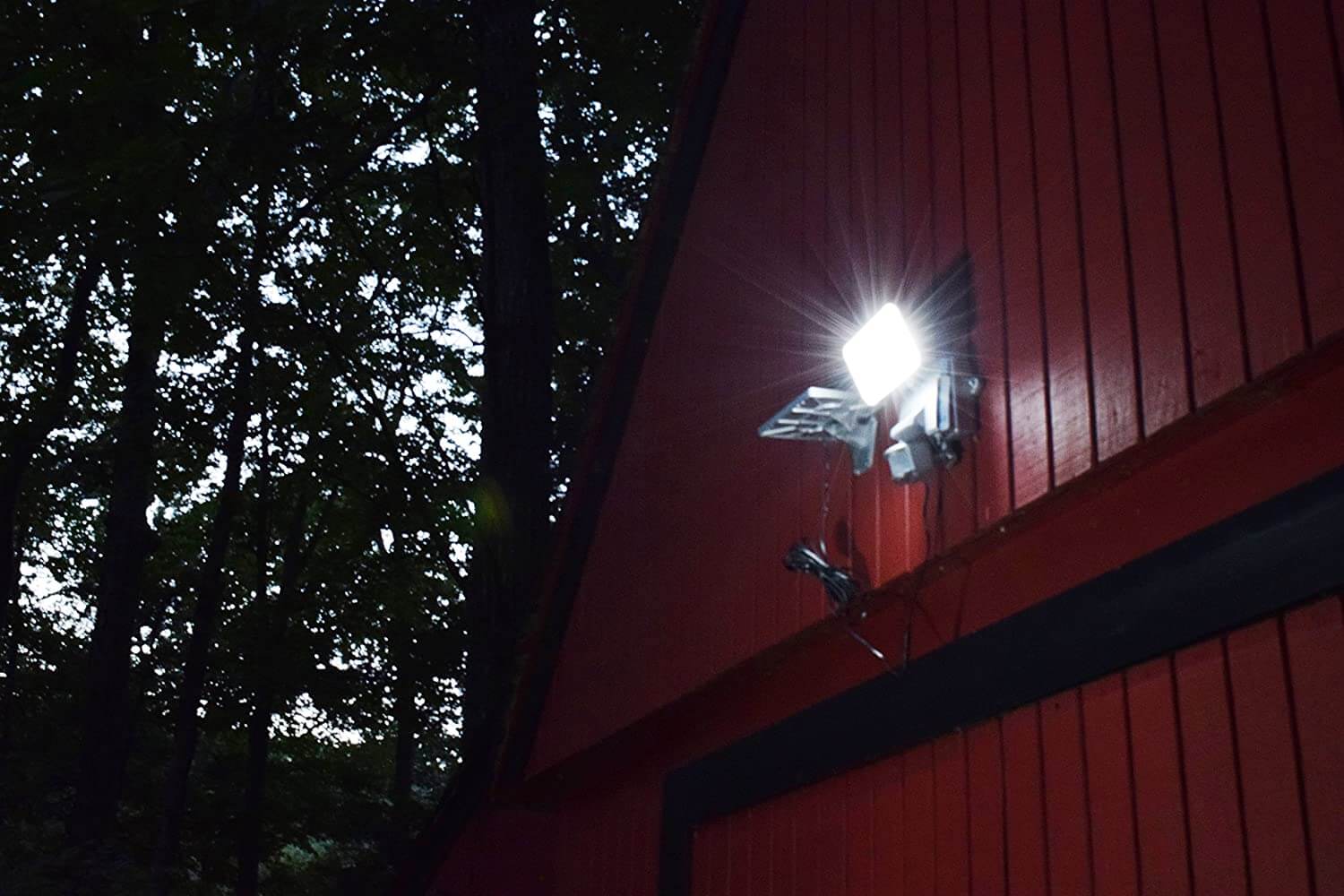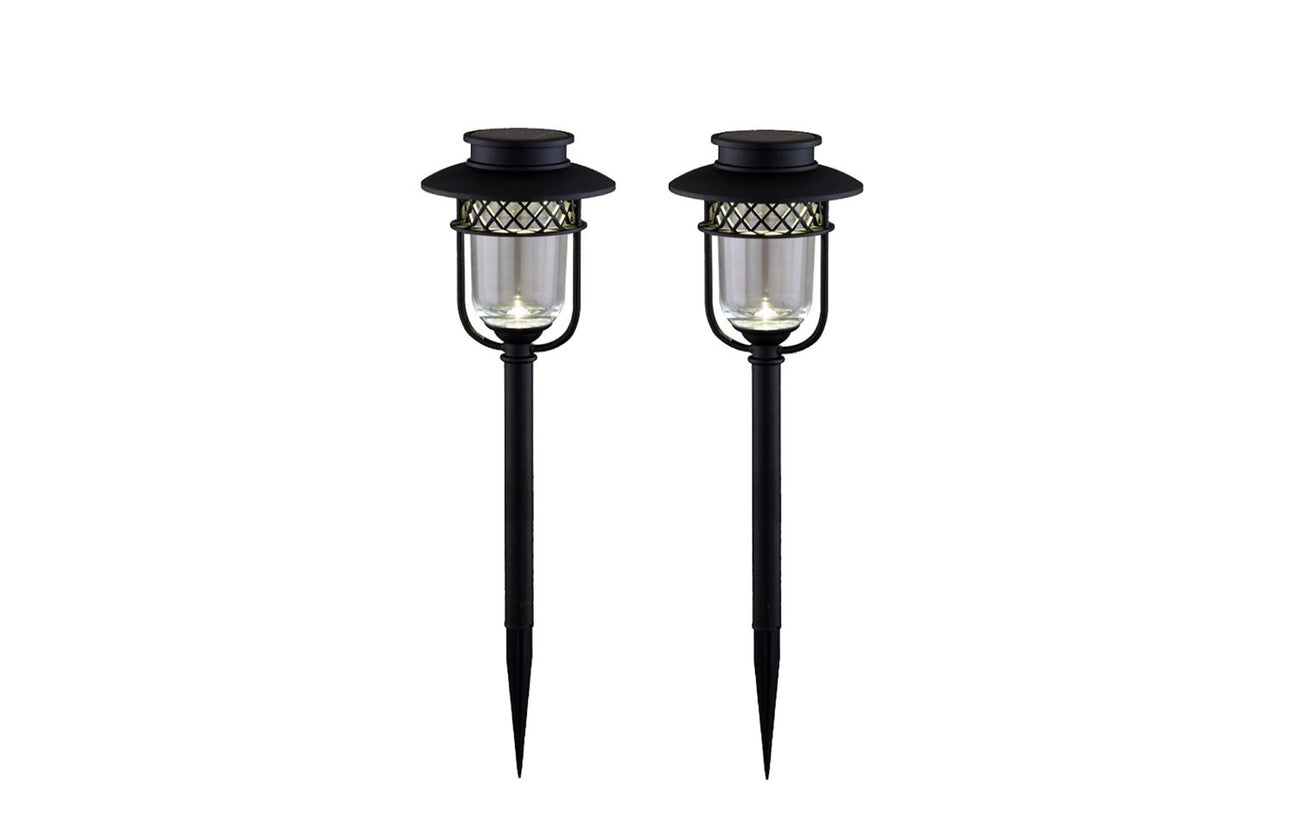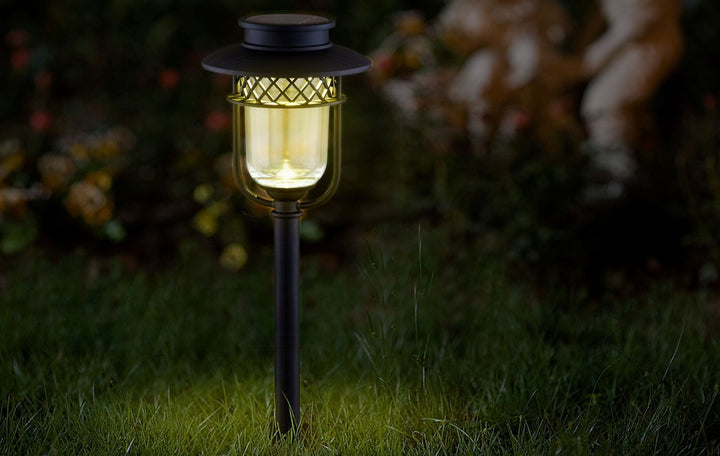In the evolving urban development landscape, the choice between electric vs. solar street lights represents a significant decision for municipalities and property developers. While one type of lighting has illuminated streets for decades, another offers a sustainable and eco-friendly alternative. Read on for a brief comparison between the two that explores their key differences.
Electric Street Lights
Electric street lights operate on a simple yet effective mechanism, drawing power from the conventional electrical grid. Although this traditional form of street lighting is robust and capable of producing a high level of brightness, its use also involves multiple disadvantages that can be rather taxing. Explore these disadvantages below.
Users of Electric Lights Will Pay Substantial Costs

Using electrical street lights can be costly, both in terms of installation and ongoing expenses. The initial setup can be particularly expensive in areas that lack existing electrical installations.
Furthermore, the operational costs of electric street lights directly relate to the price of electricity, which may rise due to the regional and global energy market. Maintenance expenses also add up over time, with the need for regular servicing and replacement of high-intensity discharge lamps that, despite their brightness, have a limited lifespan.
Electric Lights Require a Complex Installation Process
Electric street lights also require a comprehensive infrastructure for their installation, often involving trenching and laying down a network of wires. This process can be disruptive, requiring extensive planning and coordination with various city services to avoid interference with existing utilities.
The complexity of installation not only leads to higher upfront costs but also extends the timeframe needed to get the street lighting system up and running. Public works departments must carefully manage these projects to minimize impact on the community and ensure a smooth integration into the location.
They Are Vulnerable to Power Outages
Another drawback of using electric street lights is that they are dependent on electrical grids, making them vulnerable to power outages. When these occur, areas reliant on this form of lighting will go dark, compromising public safety and security.
Electric Lights Are Less Environmentally Friendly
Despite advances in energy-efficient technologies such as LEDs, electric street lights still consume substantial amounts of electricity, contributing to higher carbon footprints. This is particularly pressing in regions where the electricity grid runs predominantly on fossil fuels. Furthermore, the installation and maintenance of electric street lighting infrastructure can be intrusive, often requiring extensive excavation work that can disrupt wildlife habitats and local ecosystems.
These Lights Have a Shorter Lifespan
Electrical street lights also have a noticeable limitation in terms of their lifespan. These lights typically last between 10,000 to 24,000 hours, which pales in comparison to some alternatives.
Consequently, municipal authorities face more frequent replacement cycles, elevating the long-term maintenance and operational costs. This shorter lifespan impacts the financial aspects of city lighting and contributes to environmental waste, as the materials and energy used in manufacturing, transporting, and installing replacements accumulate over time.
Solar Street Lights
Unlike their electric counterparts, solar street lights function through a clean and renewable process, converting sunlight into electrical energy that powers the light during the night. Solar street lights offer multiple advantages to their users, which you can review below.
Solar Lights Have Less Operational and Maintenance Costs

Because solar street lights rely on a free energy source, they significantly reduce operational costs by eliminating the electricity bills associated with traditional electric street lighting. In addition, users will enjoy savings when it comes to maintenance because solar lights have less complex structures than electrical lights and no links to power grids. Their nature gives them less opportunity to break and require repairs.
They Require a Simple Installation Process
Solar street lights also boast a straightforward installation process devoid of complex wiring or the need for electrical grid connectivity. This expedites the setup process and significantly decreases the potential for landscape disruption and environmental impact.
The self-contained design allows you to deploy these lights in a variety of locations, from busy pathways to remote, rural areas. This simplicity and versatility in installation underscore solar street lights’ appeal in diverse settings and contributes to their growing popularity.
They Can Operate Autonomously
Another significant benefit of solar street lights is their autonomy and resilience. Because they do not have connections to electrical grids, the lights can remain illuminated even during power outages, ensuring continuous safety and security in public spaces. This autonomy is especially helpful in regions that often experience natural disasters or those with an unreliable power infrastructure.
Solar Lights Benefit the Environment
Solar street lights also contribute positively to environmental conservation. By harnessing solar power, they produce zero emissions and reduce the demand for fossil fuel-based power generation, contributing to a reduction in the urban carbon footprint. By using them, your region will be able to join the widespread efforts to fight climate change and promote sustainable development.
Solar Products Have Longer Lifespans
Finally, solar street lights also have a longer lifespan than electrical lights. A key component of the lights—the photovoltaic panel—can last for more than 20 years. Additionally, LED lights often have a lifespan of up to 50,000 hours.
Advancements in battery technology also mean that these crucial storage units now have a longer lifecycle, capable of sustaining numerous charge and discharge cycles. This extended durability not only makes solar products a particularly cost-effective solution over time but also contributes to reducing environmental waste, aligning with sustainability goals.
How To Decide Which Light You Should Use
Now that you have read a brief comparison of electric vs. solar street lights, you may wonder, “Which one should I use?” The choice largely depends on specific needs, environmental conditions, and budget constraints. For example, if you want to focus on improving your level of sustainability or need lighting in areas without electrical infrastructure, you should go with solar street lights.
Ultimately, your decision should factor in the local climate’s impact on solar efficiency, your community’s environmental goals, and the intended application’s lighting requirements. If you decide you want to go the greener route with your illumination, contact Outdoor Solar Store today. Our solar LED street lights are effective, environmentally friendly solutions that will keep your public areas well-lit and safer after the sun goes down.



